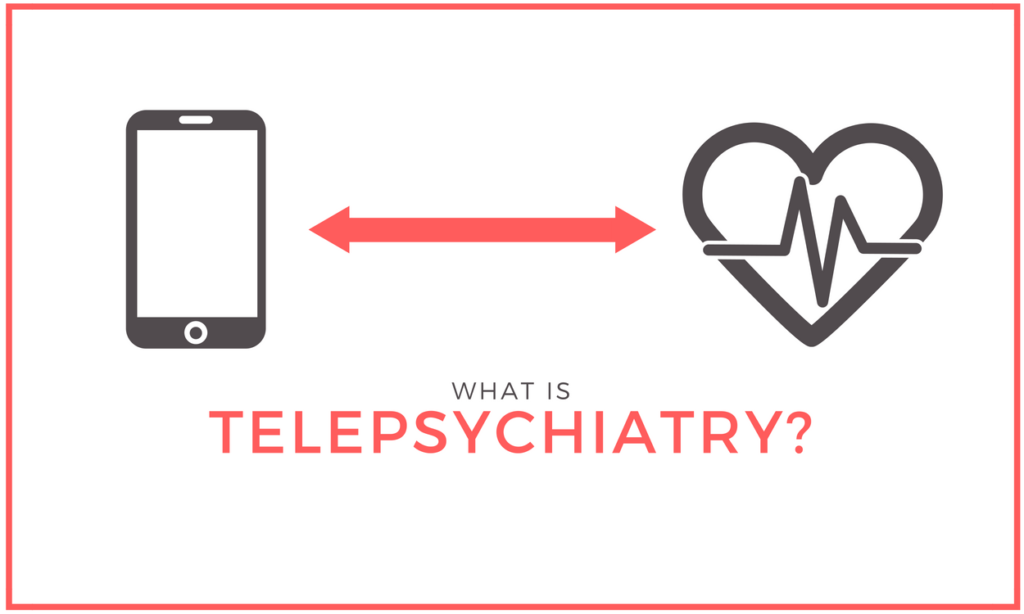What is Telepsychiatry?

This article offers a quick update on telepsychiatry for nurse practitioners. It reviews the impact of this innovative technology, the barriers to its use, and what can be done to promote wider implementation. If you’re interested in exploring telepsychiatry positions, check out Health eCareers job postings.
What is Telepsychiatry?
Telepsychiatry describes the delivery of mental health services through video conferencing, most commonly used in places that are difficult to access such as rural communities, homeless shelters, emergency rooms, forensic facilities, and the battlefront. To date, psychiatry is the largest medical specialty currently using telehealth methods, and psychiatric nurse practitioners are leading the way with this innovative and important technology.
Over the past thirty years, telecommunication technologies have evolved to increase isolated population’s access to psychiatric services for isolated populations, and research consistently demonstrates that psychiatric evaluations can be reliability conducted at a distance using video conferencing.
How does it impact quality of care?
Although both Hispanics and African Americans experience depression at the same rate, research suggests that they are much less likely to receive treatment due to lack of access and stigma. Telepsychiatry improves access to care to underserved and isolated populations and reduces this stigma of mental health care. A study published in the British Journal of Psychiatry found a robust decline in suicide rates among isolated populations who had access to video-based psychiatric services.
How does it impact nurse practitioners?
Telepsychiatry has a variety of impacts on the nurse practitioner profession. Notably, the advent of telepsychiatry services offers nurse practitioners many new job opportunities. According to a study by the American Telemedicine Association, 49 out of 50 states and 36 countries worldwide employ telehealth nurses. Telepsychiatry offers a unique career for individuals who prefer to work at home or who need a flexible schedule.
What barriers does it face?
Barriers to implementing telepsychiatry include lack of resources; specifically lack of access to the internet and lack of mental health providers.
Nineteen million Americans lack broadband (4 mbps access, which inhibits their ability to tune-in to a telepsychiatry visit. This map of the United States shows areas with broadband in dark blue and areas without it in white. You’ll notice the rural areas that need greater access to services are also the areas without broadband. This greatly limits the expansion of telepsychiatric care.
Moreover, on top of the nationwide health care provider shortage, there is a particular shortage of psychiatric providers. Research published in Psychiatric Services reveals that one in five counties (18%) in the nation have an unmet need for psychiatric non-prescribers (i.e psychologists and social workers), and nearly every county (96%) had an unmet need for psychiatric prescribers (i.e. nurse practitioners and physicians).
What is being done to promote wider implementation?
First and foremost, the Internet must be more widely available both in America and globally. One innovative solution is Google’s Project Loon. Project Loon is a network of balloon designed to fill Internet coverage gaps. How incredible is that?
In addition, Michelle Obama declared open access to information, including the internet, a universal right. In fact, some countries have already accepted broadband access as a basic human right. declaring broadband a basic human right. Finland, for example, gives every citizen access to 1mbps connection with the promise of delivery 100mbps over the coming years.
How can I learn more?
Interested in learning more about telepsychiatry, check out these awesome books:
- A Practitioner’s Guide to Telemental Health: How to Conduct Legal, Ethical, and Evidence-Based Telepractice
- Telemental Health: Clinical, Technical, and Administrative Foundations
- Career Paths in Telemental Health
Questions? Thoughts? Comment below, or email me!
Share on Facebook Share on Twitter Share on Pinterest
1 Comment on "What is Telepsychiatry?"